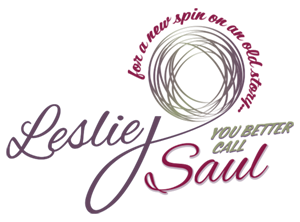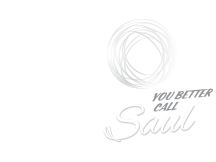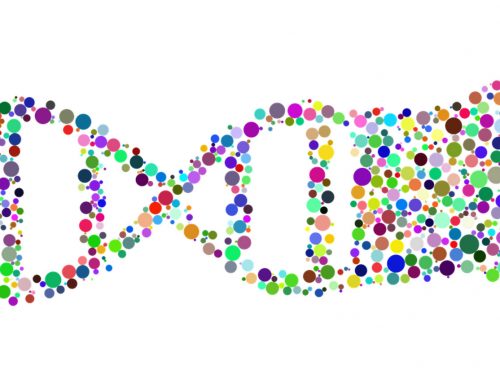You’ve heard these phrases before:
“He went into a fit of rage.”
“Her face was distorted with rage.”
“He was a victim of road rage.”
Rage is a truly unique emotion because when we talk about it, we describe being OVERTAKEN by it. It’s as if we lose all ability for rational thought or action. Someone talking about another person’s rage will pop in with “Oh, he’s just dealing with rage issues.” You will see the same language mirrored in everything from discussions of environmental disasters to a dessert chef who prompts bakers to channel their rage into delicious food — no, seriously!
Dealing with rage, therefore, is often something we assume is beyond our capability as human beings. It’s just something that happens to us. It might happen at home where we are overwhelmed with chores and dishes and laundry and bills. It can hit us one day in the workplace as we are talking to a difficult coworker. Our bodies are flooded with emotion and we are (supposedly) left helpless in their wake.
Dear reader: we do not have to be left helpless due to rage.
What is Rage?
There is a reason rage feels like an out-of-body experience. It is an acute form of anger. Even more importantly, it falls right into our fight-or-flight response system. Rage is the acute “fight” response, while panic is the acute “flight” response.
I see you nodding. It makes sense that a feeling as overwhelming as rage would pop up during what the experts call an “acute stress response.” Our bodies are being flooded by hormones released for our own protection. Starting with the amygdala, then the hypothalamus, cascading all the way down to our muscles which begin to tense up for a fight. Oh, we are raging. We feel strong and Hulk-like and just a little bit crazy. It can be a frightening feeling!
Where is Our Rage Coming From?
 We all live in the same world. It can be frightening. Anxiety-inducing. Part of my job as a life coach — or more specifically, as a personal and professional development and leadership coach — is to figure out where someone’s particular tendency to get rage-y comes from.
We all live in the same world. It can be frightening. Anxiety-inducing. Part of my job as a life coach — or more specifically, as a personal and professional development and leadership coach — is to figure out where someone’s particular tendency to get rage-y comes from.
My clients describe rage in many forms. Some hit a wall. Some move into overwhelm; they are stuck. They feel frozen in circumstances out of their control. Others are moving into a wild spiral. A client once said to me “All I’m making is left turns!” Moving but never forward, just in circles, all day long. Does any of this sound familiar?
People who feel crippled by rage see its effects in their day-to-day lives. Their relationships suffer. Careers falter.
Others react in a completely different way; I’m talking 180 degrees of difference. They buckle down at work. At home, they stay in work mode: closed off, unreachable, trapped in a box of their own making. Rage affects communication, conversations, and our competitive drive. It impacts how we speak and react to everyone around us. In a word, it sucks.
What I work to understand is what is going on subconsciously. Once we get to the heart of this matter, like with any other emotional surge, the rage begins to unravel. It loses its power.
I want you to hear me when I say this:
Rage is fear.
We’re born with the capability to rage and we’re born with the capability to love. We can do both in equal measure. While rage can be frightening when it rears its ugly head, it is also comforting in that we know we’re just like everybody else. Our body is working properly and can protect itself in a scary situation. That’s the good news.
The other good news is that I can help you to figure all of this out. My clients come to me with the HOW (the rage, where it’s hitting them hard, how it is hurting their work and their loved ones.) I’ve got the WHY.
Ditch the Rage: The HOW
 Rage is all about context. We work to gain some understanding about where worries or frustrations are stemming from. We move toward finding common ground. A set of tools and modalities are used to reframe a fear or get rid of a phobia. Together, we apply a new sense — like touch or sound — to that fear. This lessens its power and helps us to recognize it from miles away. We change behaviors to improve results.
Rage is all about context. We work to gain some understanding about where worries or frustrations are stemming from. We move toward finding common ground. A set of tools and modalities are used to reframe a fear or get rid of a phobia. Together, we apply a new sense — like touch or sound — to that fear. This lessens its power and helps us to recognize it from miles away. We change behaviors to improve results.
It may surprise you to know that part of dealing with your anger includes accepting it. Dissecting it, like that poor little frog in 10th grade biology. It is less powerful when it is dismantled.
It’s OK to be angry . . . because we understand that anger is a form of fear. It’s even OK to not know, exactly, what is making YOU angry. It all stems from subconscious processes in our bodies. What is NOT OK is allowing these emotions to dictate our behaviors, and therefore, our lives.
My methods have proven successful with hundreds of clients over the years. So, if you want to drop those old behaviors, YOU BETTER CALL SAUL and we can get working together.












